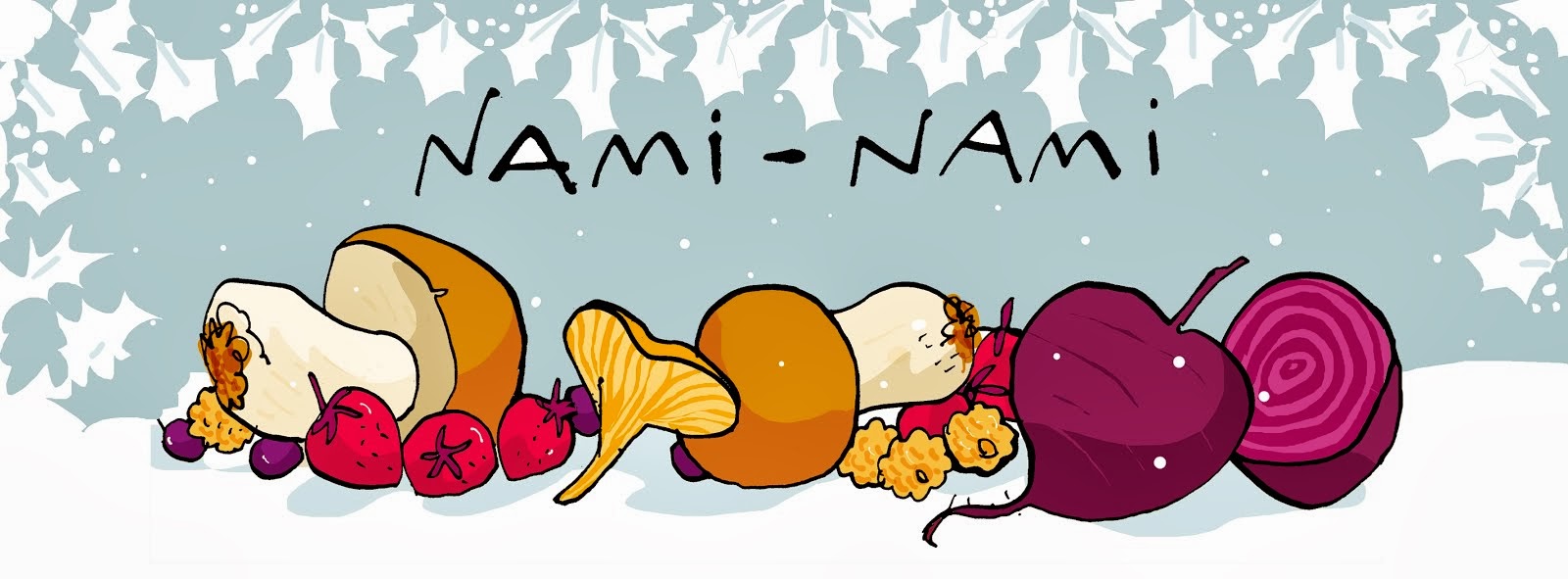
Did you know that Estonia has a 'national fish', in a similar vein to countries having chosen a 'national flower', a 'national drink', a 'national bird' etc? Well, we do since 2006 and it's a Baltic Herring (Clupea harengus membras). However, the big cousin on that tiny fish - Atlantic herring (Clupea harengus) is very popular as well, and here's the most popular way of serving Atlantic herring in Estonia. You need salted Atlantic herring filets for this dish, available either at deli or fish counters or in a canned versions in your supermarket aisle. If the fish is too salty, then soak it in milk or several rounds of cold water first.
I must admit that I'm not a big fan of 'raw' fish, and salted herring belongs to that category of fish, too (I know it's cured, but it's hot heat-treated). But I served this at our Christmas Eve Dinner, where it was universally praised and finished very quickly. You cannot beat an old traditional favourite, can you..
PS I warn you, there are some pretty strong flavours combined in this dish, so it's not a dainty and elegant fish first course, but a full-on one!
Salted Atlantic Herring, served Estonian style
(Heeringas hapukoorega)
Serves 6-8
4 lightly salted Atlantic herring fillets
3 shallots or 1-2 medium onions
a scant cup of sour cream
2-3 hard-boiled eggs
fresh dill, finely chopped
Cut the herring filets into 1x2 cm pieces and place on an oblong shallow serving dish (it's usually fish-shaped, though ours wasn't).
Peel the onions and slice very thinly. Spread over the herring pieces.
Spoon the sour cream on top.
Peel the hard-boiled eggs, chop the egg whites and yolks separately.
Garnish the dish with lines of green dill, yellow egg yolks and white egg whites.
Keep in the fridge until serving with slices of rye bread as part of a Nordic buffet. Though you might prefer it as an accompaniment to boiled new potatoes (also a very Estonian thing to do).
WISH YOU ALL A JOYFUL NEW YEAR'S EVE TONIGHT!







